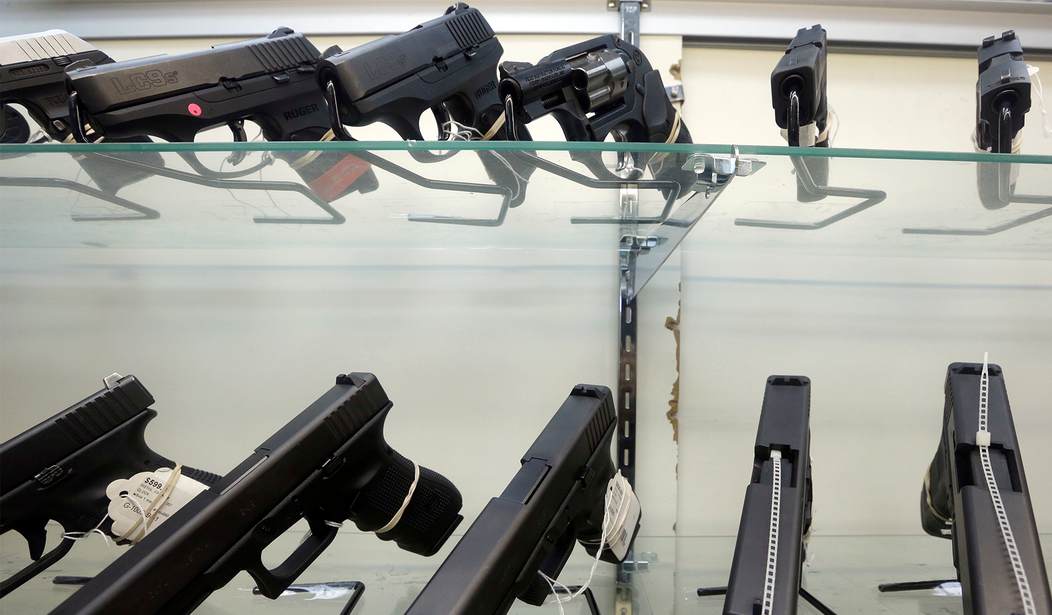Violent crime in Ohio is down.
The state passed constitutional carry.
These two facts are indisputable. What's a matter for discussion is whether or not they're related to one another and if so, how much. The truth of the matter is that cities in the state saw a massive drop in homicides even as more people were able to carry guns.
For one op-ed writer, though, people need to stop mentioning this fact.
Bowling Green State University published a study in January concerning a law passed in June 2022 that permits citizens to carry firearms in public without a license. In the year since, we are told, there was “a significant decrease in crime incidents involving a firearm” in Ohio’s eight most populous cities.
Gun zealots will surely herald this study as proof that relaxed gun restrictions pose no risk, and Attorney General Dave Yost crows, “The surest takeaway is that it didn't really have an impact on gun violence.”
Memo to AG Yost: the study isn’t comprehensive enough to be significant. It covered just one year prior to the law’s passage and one year after. More in-depth studies conclude that an increase in permitless carry leads to an increase in gun violence.
The author goes on to cite a number of much older studies that reveal exactly what he wants.
And, to be fair, he's not wrong. A single year isn't indicative of a long-term trend.
However, we also know that many of these studies are bad for a variety of reasons. This is something Cam wrote about a couple of years ago. Here's a prime example of why many of these studies are an issue:
One example that Brown raises is the oft-repeated claim that “gun homicides” dropped by 40% after the state of Connecticut adopted a permit-to-purchase law requiring handgun owners to first receive a gun permit from their local police department. This was breathlessly reported back in 2015 by outlets like the Washington Post and repeated on Democratic debate stages in 2020, but Brown revealed some interesting parts of the study that weren’t widely reported and utterly discount that 40% statistic.
First, the drop in homicides in Connecticut wasn’t based on a comparison between previous years, or the United States as a whole. Instead, researchers crafted a “synthetic Connecticut” comprised of portions of Rhode Island, California, and several other states and compared those homicide totals to Connecticut’s post-permit murder rate. That’s bad enough, but what makes it egregiously worse is that the researcher’s own data showed that the “drop” in Connecticut’s murder rate was short-lived, and that within a few years the gun homicide rate in the real Connecticut was actually more than 40% higher than it was in the synthetic state dreamt up by the academics.
Somehow, the author didn't take issue with the methodology here.
Regardless of any of that, what he's missing is one important point: What happened doesn't remotely resemble what people like him said would happen if constitutional carry passed.
They claimed violence would be worse when it's not. They claimed homicides would skyrocket and they didn't.
Correlation may not equal causation but causation should cause correlation.
Then again, anyone who refers to us as "gun zealots" is a zealot of a different stripe. He's dismissed the issues with gun research when it shows what he likes and takes issue with anything but perfect methodology when it doesn't.
Gun control doesn't work and studies are routinely rigged to make it look like they are. That is zealotry, as is ignoring those criticism only to become a critic of a study that's open and honest about what it found.








Join the conversation as a VIP Member